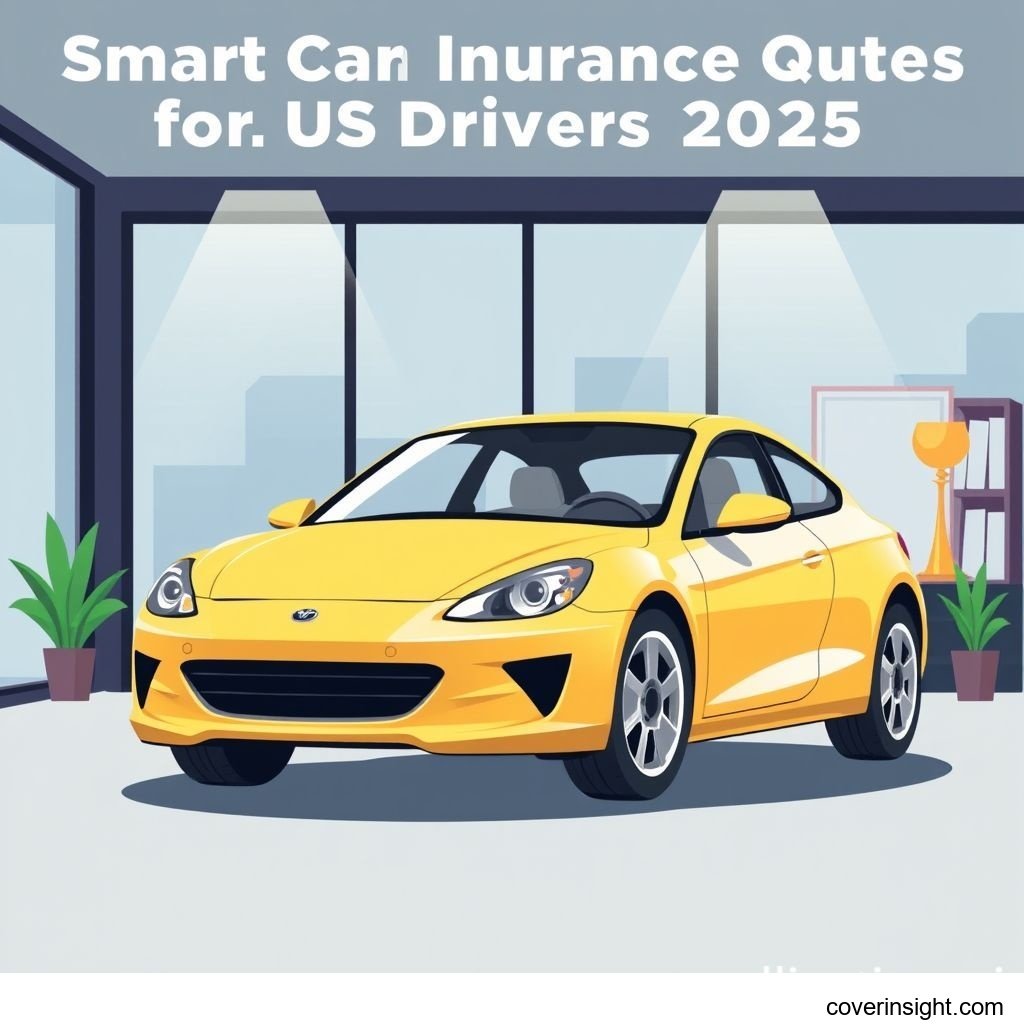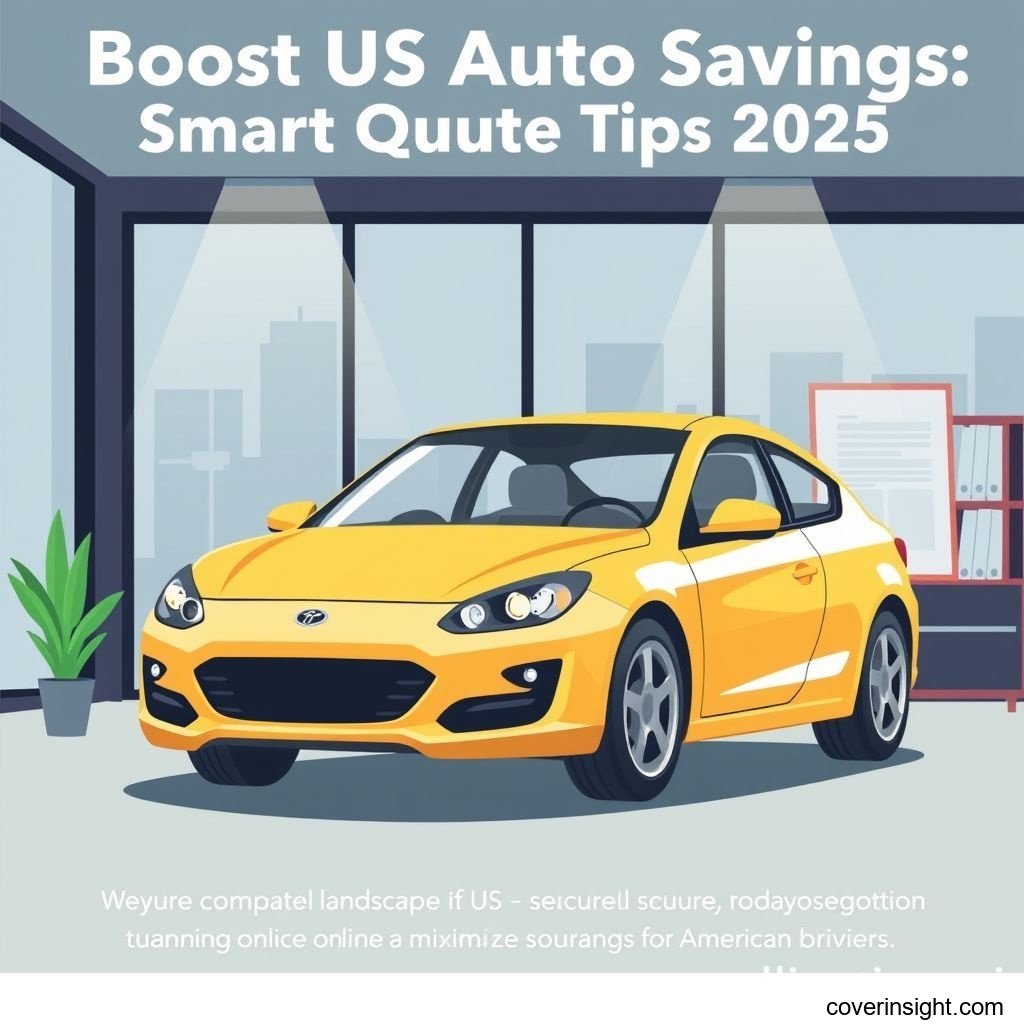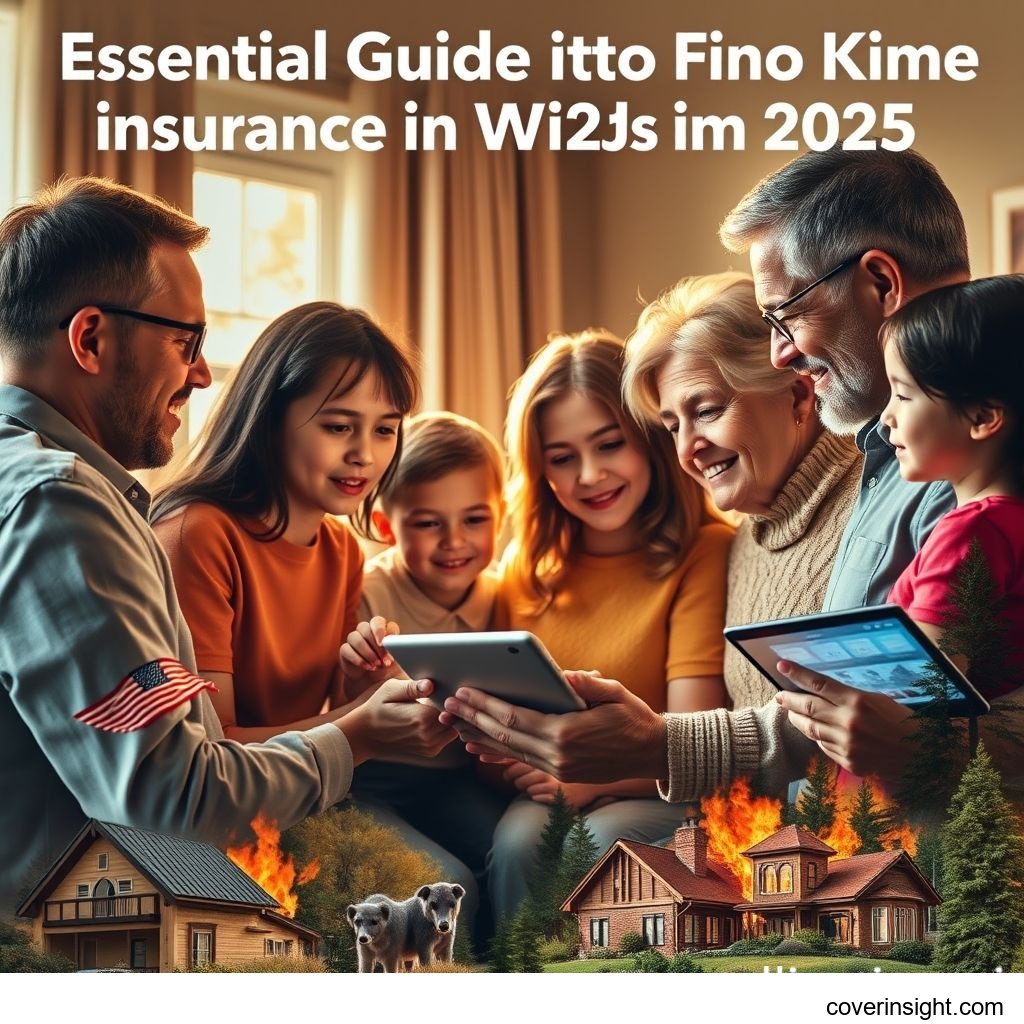Introduction
The landscape of car insurance in the US is continually evolving, and as we approach 2025, understanding how to secure the best policy isn't just about finding the cheapest rate – it's about smart coverage. A critical element gaining prominence is coverage gap identification. This innovative approach helps drivers pinpoint areas where their current or prospective policies might fall short, leaving them financially vulnerable. In a world where every dollar counts, identifying these gaps before an incident occurs is paramount, ensuring you're not left holding the bag after an accident. It's about optimizing your protection while simultaneously unlocking substantial savings.
Coverage Details
Navigating the world of car insurance can feel like deciphering a secret code, but a smart approach focuses on understanding what you're truly paying for.
What’s Included
Standard car insurance policies typically feature a few core components:
-
Liability Coverage: This is foundational, covering damages and injuries you cause to others in an at-fault accident. It's often split into bodily injury per person, bodily injury per accident, and property damage. Most states mandate minimum liability limits.
-
Collision Coverage: This pays for damage to your own vehicle resulting from a collision with another vehicle or object, regardless of who's at fault.
-
Comprehensive Coverage: Often paired with collision, comprehensive covers non-collision incidents like theft, vandalism, fire, natural disasters, or damage from hitting an animal.
-
Uninsured/Underinsured Motorist (UM/UIM) Coverage: A real lifesaver, this protects you if you're hit by a driver who has no insurance or insufficient coverage to pay for your damages. Considering that an estimated 1 in 8 drivers nationwide were uninsured in 2019, according to the Insurance Research Council, this coverage isn't just nice to have; it's practically essential in many areas.
-
Medical Payments (MedPay) or Personal Injury Protection (PIP): These cover medical expenses for you and your passengers, regardless of fault, up to a specified limit. PIP, common in "no-fault" states, often includes lost wages and essential services.
Smart policies in 2025 might also include benefits for autonomous driving features, telematics data privacy guarantees, or even cybersecurity protection for your vehicle's systems.
Common Exclusions
While policies offer robust protection, they also have their limits. Common exclusions often include:
-
Intentional Damage: If you intentionally cause damage to your vehicle, your policy won't cover it.
-
Racing or Professional Driving: Using your personal vehicle for organized racing or other professional competitive events is typically excluded.
-
Ride-Sharing Without Endorsement: If you use your personal vehicle for services like Uber or Lyft without adding a specific ride-sharing endorsement to your policy, you might find yourself without coverage during commercial activities.
-
Mechanical Breakdown: Wear and tear or mechanical failures are usually not covered by standard auto insurance, falling under warranty or extended service plans instead.
-
Custom Parts Without Specific Endorsement: While some aftermarket modifications might be covered, significant custom parts (like expensive audio systems or performance upgrades) often require an additional endorsement to be fully protected.
Cost Analysis
Understanding what drives your premium is the first step toward getting smart car insurance quotes.
Price Factors
Car insurance premiums aren't pulled out of thin air; they're the result of a complex algorithm factoring in numerous variables:
-
Driving Record: This is probably the biggest factor. A clean record with no accidents or moving violations will earn you lower rates. Conversely, a history of tickets or at-fault accidents can send your premiums soaring.
-
Vehicle Type: The make, model, year, safety features, and even the color of your car can influence your premium. High-performance cars or those with high theft rates typically cost more to insure.
-
Age and Gender: Younger, less experienced drivers generally face higher rates, as do male drivers in certain age brackets (though this varies by state).
-
Location: Where you live and primarily park your car significantly impacts your rates. Urban areas with higher crime rates or traffic congestion typically have higher premiums than rural areas. For instance, New York City drivers often pay substantially more than those in upstate New York due to higher accident and theft rates.
-
Credit Score: In many states, your credit-based insurance score (which correlates with financial responsibility) plays a role. A higher score can lead to lower premiums.
-
Coverage Limits and Deductibles: Choosing higher liability limits means more protection but also a higher premium. Opting for a higher deductible (the amount you pay out-of-pocket before insurance kicks in) on collision and comprehensive coverage can lower your premium.
-
Annual Mileage: The more you drive, the higher your risk of an accident, which can lead to increased rates.
-
Telematics Data: Many insurers offer programs that monitor your driving habits (speed, braking, mileage). Good habits can lead to significant discounts.
Saving Tips
Saving on car insurance isn't just about luck; it's about being strategic.
-
Shop Around Aggressively: Don't settle for the first quote. Use online tools to compare smart car insurance quotes from multiple providers. This is where coverage gap identification tools really shine, helping you compare apples to apples while highlighting potential blind spots.
-
Bundle Policies: Many insurers offer discounts when you bundle your auto policy with home, renters, or even life insurance. For general "Insurance Resources Global" it's often wise to look at providers who offer a full suite of options.
-
Increase Your Deductible: If you have a solid emergency fund, raising your deductible from, say, $500 to $1,000 can significantly lower your premium. Just make sure you can comfortably afford that higher out-of-pocket sum if needed.
-
Maintain a Clean Driving Record: This goes without saying. Avoiding accidents and tickets is the most direct way to keep your rates low.
-
Ask About Discounts: Don't be shy! Insurers offer a plethora of discounts: good student, multi-car, anti-theft devices, low mileage, defensive driving courses, military, and even professional affiliations.
-
Consider Usage-Based Insurance (UBI): If you're a safe driver, telematics programs (like State Farm's Drive Safe & Save or Progressive's Snapshot) can offer substantial savings based on your actual driving habits.
-
Improve Your Credit Score: As mentioned, a good credit score can lead to lower rates in many states. For more guidance on specific state regulations and consumer protections, checking your "State Insurance Departments" website is always a good idea.
-
Review Your Coverage Annually: Life changes, and so should your insurance. Got a new commute? Paid off your car? Reviewing your policy ensures you're not over-insured or under-insured.
Consider the case of Mark, a truck driver from Phoenix, Arizona. Mark was paying nearly $1,800 a year for car insurance, a figure he thought was just par for the course given his demanding job. A smart quote service, however, analyzed his driving data from a telematics device he'd installed and identified that despite his high mileage, his driving habits were exceptionally safe. It also spotted a gap: his old policy didn't properly factor in his comprehensive coverage needs for his custom truck bed cover, which was quite valuable. By switching to a new insurer that offered a significant safe driver discount via telematics and correctly covered his custom parts, Mark was able to reduce his premium by over $400 annually, all while ensuring his valuable truck accessories were finally covered. This kind of proactive "US Insurance Home" review can make a world of difference.
FAQs
How much does coverage gap identification cost?
Often, coverage gap identification isn't a separate, direct cost. It's typically an integrated feature of modern online quote tools, insurance comparison websites, or part of a comprehensive review offered by a knowledgeable agent. These tools use algorithms to analyze your specific needs and current policy against industry benchmarks and common scenarios, highlighting where you might be exposed. Some independent advisors might charge a fee for a deep-dive policy review, but basic gap analysis is often free.
What affects premiums?
Premiums are influenced by a wide array of factors, including your driving record (tickets, accidents), your vehicle's make and model, your age, gender, geographic location, credit score (in most states), the type and amount of coverage you choose, and even how much you drive. Insurers assess risk differently, which is why quotes can vary significantly from one company to another.
Is it mandatory?
While car insurance is mandatory in almost every U.S. state (New Hampshire is an exception, though even there, financial responsibility is required), specific coverage gap identification is not mandatory. However, understanding your coverage and potential gaps is highly recommended for your financial protection. Just as navigating health coverage on a platform like Healthcare.gov can be complex but essential for well-being, understanding your auto insurance is crucial for safeguarding your assets.
How to choose?
Choosing the right car insurance involves balancing cost with comprehensive coverage. Start by assessing your personal needs: What's your budget? What kind of car do you drive? What are your state's minimum requirements? Then, use online tools to compare smart car insurance quotes from multiple providers. Pay close attention not just to the premium, but also to the deductibles, coverage limits, and any exclusions. Read customer reviews for insights into claim handling and service. Don't hesitate to contact a "National Association of Insurance Commissioners" (NAIC) resource or your "State Insurance Departments" for consumer guides or to verify an insurer's license.
Consequences of no coverage?
Driving without car insurance can lead to severe consequences. These typically include hefty fines, suspension of your driver's license and vehicle registration, vehicle impoundment, and even jail time in some states. More importantly, if you're involved in an accident and don't have insurance, you'll be personally responsible for all damages and medical expenses, which can easily amount to tens or hundreds of thousands of dollars, potentially leading to financial ruin or bankruptcy. It’s simply not worth the risk.
Author Insight & Experience
Based on my experience living in the US and navigating its complex insurance landscape, the "smart" aspect of car insurance quotes in 2025 isn't just about leveraging technology; it's about empowerment. For years, insurance felt like a take-it-or-leave-it proposition, filled with jargon and hidden clauses. But with tools that now offer coverage gap identification, the power truly shifts to the consumer. As someone who's seen friends scramble after an accident, only to discover their seemingly cheap policy left them high and dry, I can't stress enough the value of this proactive analysis. It's not just about saving a buck today, it's about protecting your financial future from unexpected potholes down the road.








Comments